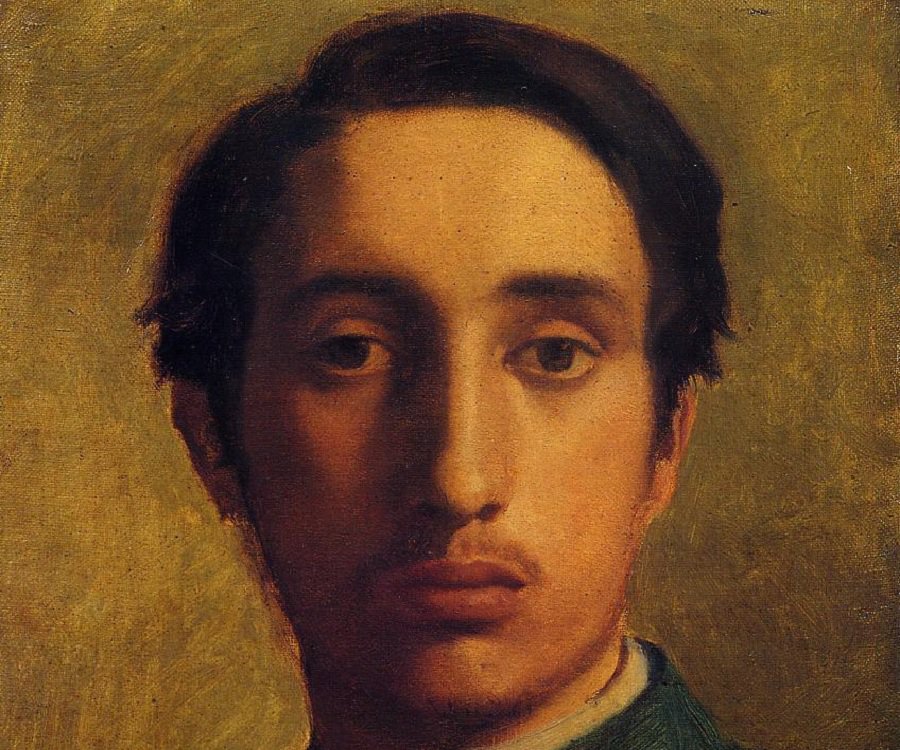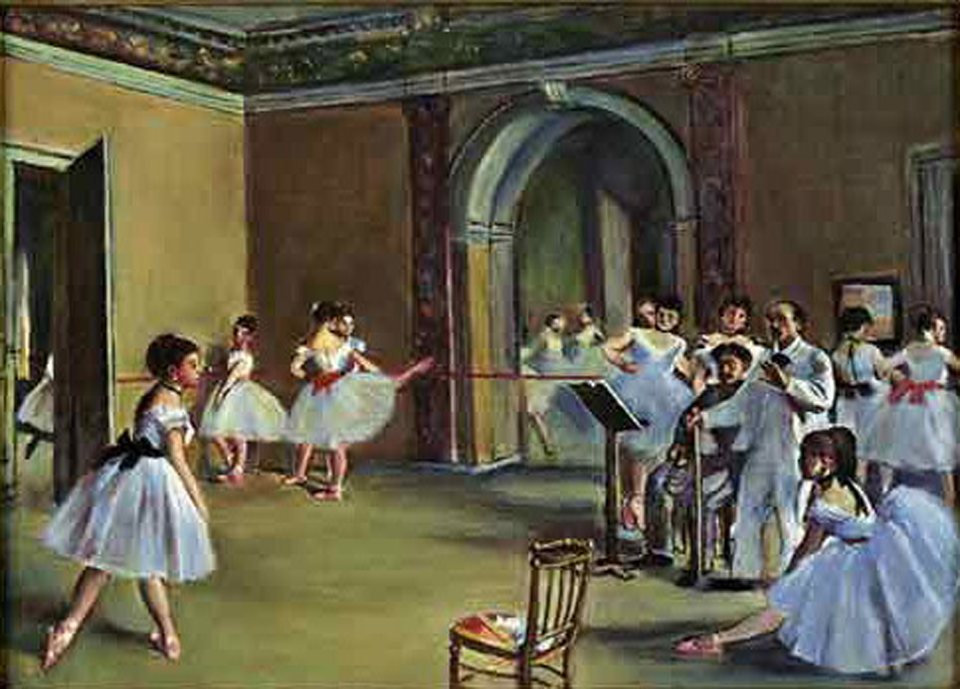
Synopsis
Always remembered as an Impressionist, Edgar Degas was a member of the seminal group of Paris artists who began to exhibit together in the 1870s. He shared many of their novel techniques, was intrigued by the challenge of capturing effects of light and attracted to scenes of urban leisure. But Degas’s academic training, and his own personal predilection toward Realism, set him apart from his peers, and he rejected the label ‘Impressionist’ preferring to describe himself as an ‘Independent.’ His inherited wealth gave him the comfort to find his own way, and later it also enabled him to withdraw from the Paris art world and sell pictures at his discretion. He was intrigued by the human figure, and in his many images of women – dancers, singers, and laundresses – he strove to capture the body in unusual positions. While critics of Impressionists focused their attacks on their formal innovations, it was Degas’s lower-class subjects that brought him the most disapproval.
Key Ideas
Degas rejected the typical subjects that were made popular by the academies, such as scenes from history and myth, and instead he explored modern life. Like the Realists and Impressionists, he often painted images of middle class leisure in the city.
Degas’ academic training encouraged a strong classical tendency in his art, which conflicted with the approach of the Impressionists. While he valued line as a means to describe contours and to lend solid compositional structure to a picture, they favored color, and more concentration on surface texture. As well, he preferred to work from sketches and memory in the traditional academic manner, while they were more interested in painting outdoors (en plein air).
Degas’ enduring interest in the human figure was shaped by his academic training, but he approached it in innovative ways. He captured strange postures from unusual angles under artificial light. He rejected the academic ideal of the mythical or historical subject, and instead sought his figures in modern situations, such as at the ballet.
Like many of the Impressionists, Degas was significantly influenced by Japanese prints, which suggested novel approaches to composition. The prints had bold linear designs and a sense of flatness that was very different from the traditional Western picture with its perspective view of the world.
Most Important Art: Foyer De la Danse

Foyer de la Danse (1872)
There is something unique and alluring in all of Degas’s studies of ballerinas, of which there are many. In Foyer de la Danse he presents us with one of the unconventional perspectives that are so typical and distinctive in his work. Rather than evoke the light and atmosphere of the scene, as some of his Impressionist peers might have done, Degas has chosen to create a striking arrangement of space, one which echoes the experiences his contemporaries might have had throughout the new modern city. To achieve this, rather than compose the figures in a more orderly and centered fashion, he has dispersed them about the canvas, leaving a chair incongruously placed in the center foreground. Instead of viewing the room as a traditional box-like container for the figures, he paints it at an angle, suggesting multiple vantage points, almost as if this were an early blueprint for Cubism. The approach is characteristic of his modern, realist approach to composition.

